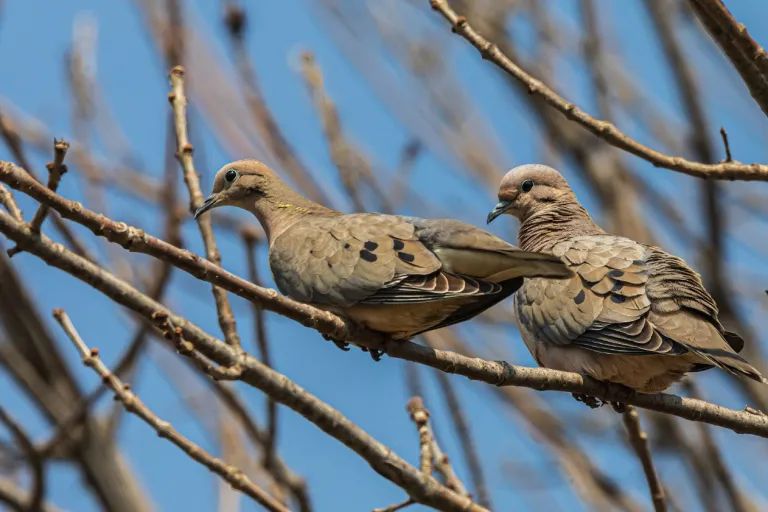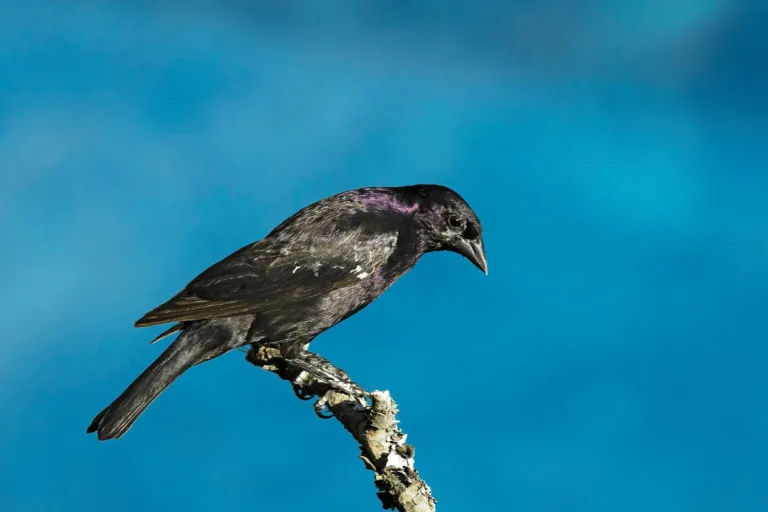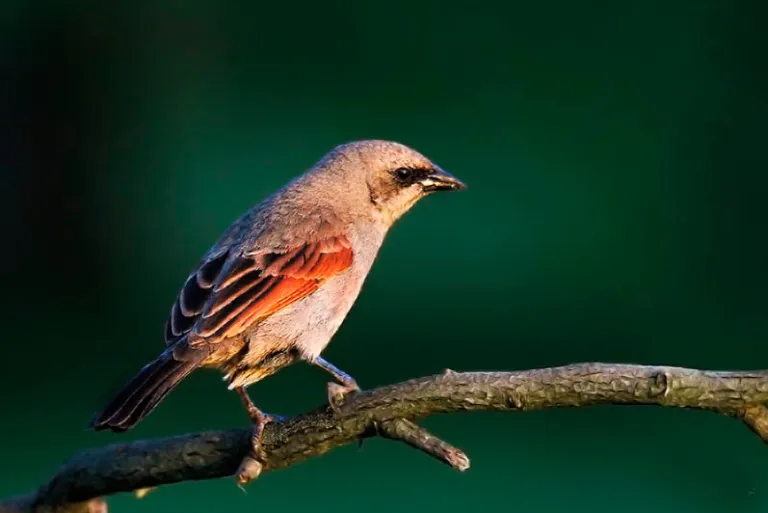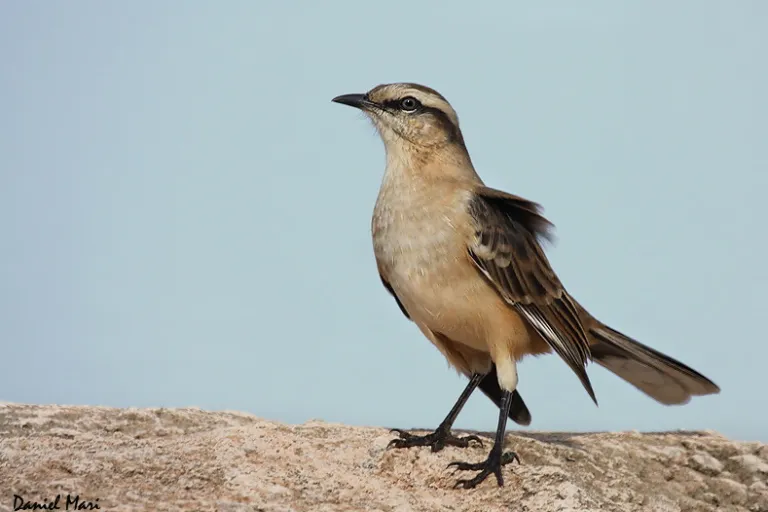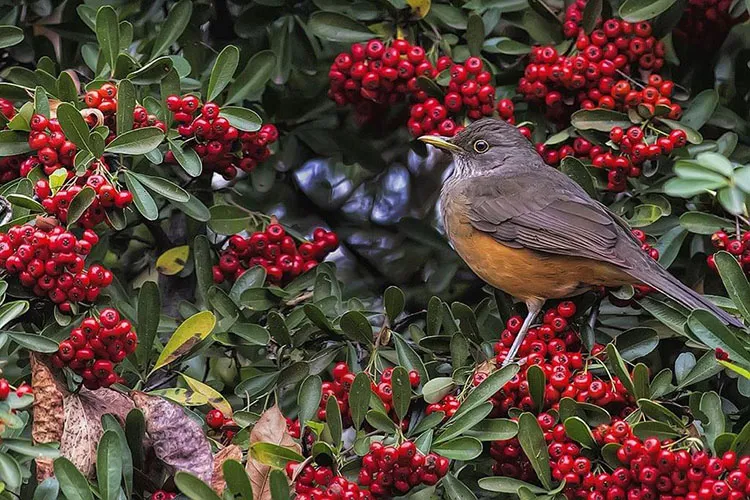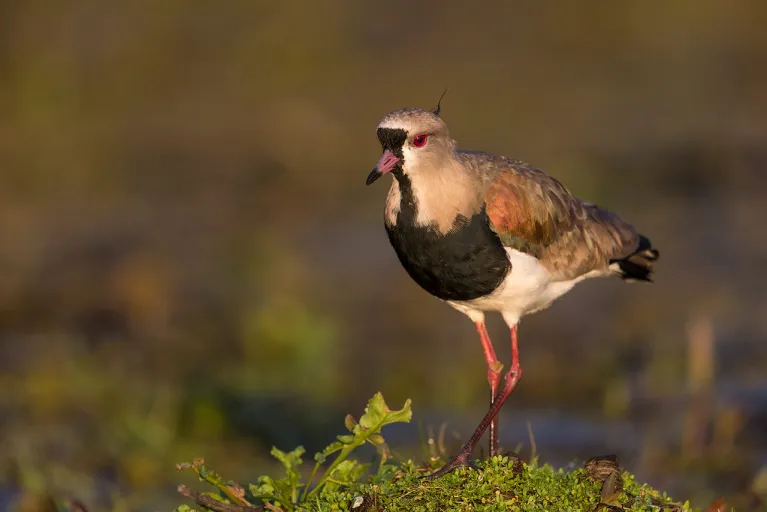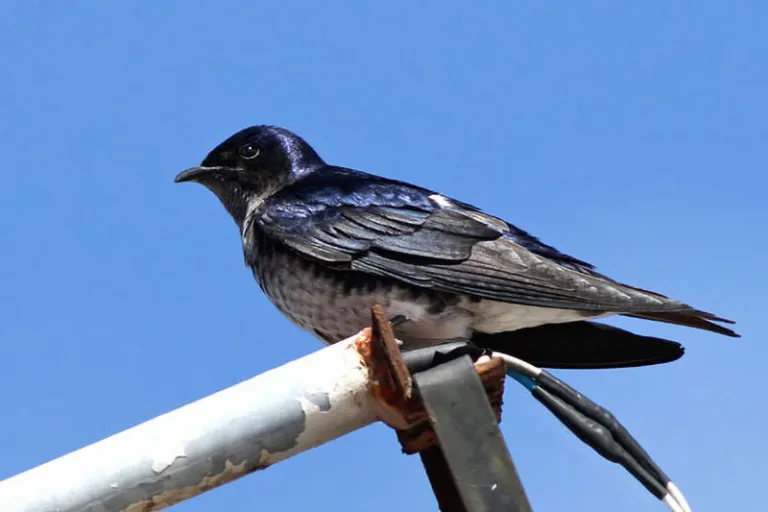

Birding in Buenos Aires (and Argentina in general) can be called intense. Great diversity, good numbers, tameness and activity through the day and through the year. Proper habitat can produce a list of 40 species in a couple of hours and a 100-species day is not rare at all. Birdwatching in the area is quite enjoyable for both advanced and beginner birdwatchers. Within Buenos Aires city, 70 species can be spotted with ease.
Buenos Aires city is a huge, crowded, metropolitan area famous for tango, nightlife and beef but at the same time, a great place for birding. It lies beneath the River Plate (río de la Plata) river, which helps to create an interesting and rich biodiversity. Some of the best urban birding spots lie beneath the river, such as Costanera Sur or Vicente López reserve, where you find vegetated ponds and patches of Riverside native forest.

Buenos Aires’ surrounding birding hotspots are located within 300 kilometers (190 miles) from the city. After one hour of driving through an inhabited area, you will reach open country, known as ‘the pampas’. Landscape consists of a flat plain, grassland with trees here and there. Luckily for birdwatchers, in the city as well as in its surroundings, there are no slopes or rocks: you step on a ground of fertile soil or fine clay.
Best birding areas are usually where land is less productive and populated. Therefore, there is less or almost no coverage of public transport. Also note that roadside birding makes a substantial portion of the birding time budget, so having a car is little less than mandatory if you want to optimize it.
For a personalized birding experience, hiring a professional birding guide is always the best option. Check out what we offer in our Birding Tours, suitable for all kinds of needs, levels of expertise, and budget.
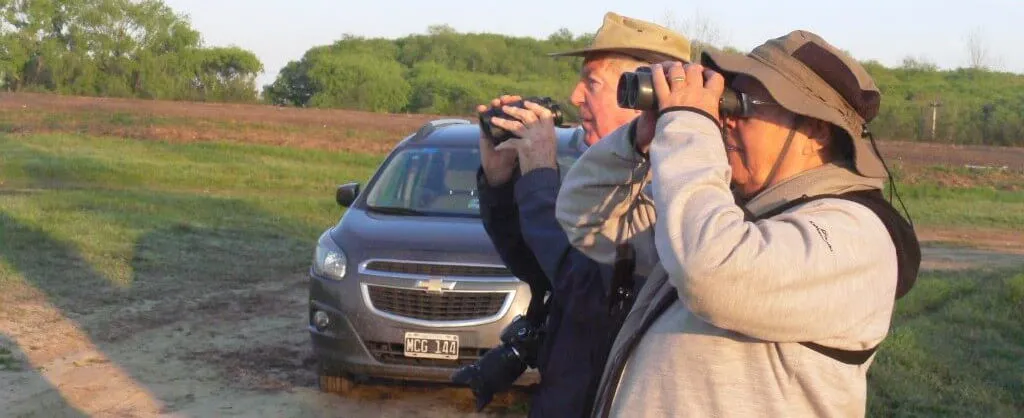
Birding seasons in Buenos Aires
You can enjoy birding the whole year, being spring (September to December) the more active season. Around 40 species migrate in, mostly shorebirds and terns from North America and some flycatchers, swallows, cuckoos and others from Northern South America.
Early autumn (April and May) is highly recommended because of very pleasant weather. Many trees lose leaves, which helps sighting of forest birds.
Summer in Argentina begins in mid-December and includes January, February and half March. Can be hot (close to 100 Fahrenheit the hottest) but birds keep active most of the day.
June, July and August is winter, which can be cold but rarely reaches freezing temperatures. During winter, birding is slower and days are shorter (sunlight from 8 AM to 5:30 PM). However, no doubt birding is worth it, with the bonus of a few winter visitors from Patagonia and dry central Argentina. Ducks, teals and swans abundance can vary a lot depending on amount of rainfall. Note that unlike ducks in the Northern Hemisphere, there is no moulting season and in most species males and females look the same.
Birding seasons in Buenos Aires
As around Buenos Aires there are well over 300 possible species, I suggest you familiarize in advance with the following birds. They make the bulk of first sightings on the way from the airport and in town.
These are some of the most common birds of Buenos Aires: Southern Lapwing, Southern Caracara, Chimango Caracara, Harris’ Hawk, Picazuro Pigeon, Eared Dove, Monk Parakeet, Rufous Hornero, Rufous-bellied Thrush, Chalk-browed Mockingbird, Rufous-collared Sparrow, Great Kiskadee, Grayish Baywing, Shiny Cowbird, Gray-breasted Martin.
Birding tours suitable for all needs
Reserves close to downtown for short outings and countryside destinations for 1 to 6 days trips in Buenos Aires and its surroundings. Great birding guaranteed!

Resources for birding in Buenos Aires
Field Guides
Birds of Argentina and Uruguay by Tito Narosky and Dario Yzurieta (Vazquez Mazzini) is the best option and the book which I have on board. Newer editions are scarce and overpriced (USD 200 on Amazon). In Argentina it is available at USD 40. Second hand books are usually an old version, reasonably priced. Newer editions have drawings and photos, while the older ones only have drawings. At Buenos Aires Birding, we can deliver it in advance on request.
Birds of Southern South America and Antarctica, by Martin R. de la Peña, Maurice Rumboll and others (Princeton) is the second best option. Drawings are by different artists, of unequal quality.
Birds of South America: Passerines by Ber Van Perlo matches with Birds of South America: Non-Passerines: Rheas to Woodpeckers, Francisco Erize, Maurice Rumboll and others (both by Princeton Illustrated Checklists). Very good books, although they lose effectiveness as field guides as they cover more than 3000 species.
Field Guide to the Birds of South America: Passerines (Helm) by Robert Ridgely and Guy Tudor. An excellent book which I love, but only covers passerines and again, the array of species is too large to be practícal as a field guide.
Yet unpublished, Birds of Argentina and the South-west Atlantic (Princeton Field Guides) has been announced over and over. Last updated release date is January 2021.

Digital resources
eBird platform (Cornell University, NY) is an excellent source of recent records for any location. eBird team has developed Merlin, an ID app that identifies birds based on pictures. It has just been released (August 2020) for Argentina, and if not a wizard, gets quite closer.
App Aves Argentinas. In Spanish only, free. Has many pictures and songs for half of Argentinas species. A very useful tool, especially in the Buenos Aires area. Available on Play Store and App Store.
Checklists
If you want comprehensive checklists for the country or each province, there are several options: Clemens, eBird and Avibase, for example.
I attach checklists for the different tours I describe, which have perhaps 40% of the complete list of an area. I do not include species with few historical records or rare ones, and I also mention summer (S) or winter (W) visitors. In this way, you may add a few writings but in exchange you have a shorter, more compact list. They are designed to be printed in one sheet of A4 paper, both sides, and then 3-folded.

Costanera Sur & Vicente López

Ceibas, Entre Ríos

Samborombón Bay & Punta Rasa
Health and safety issues
Flies, ticks, bugs. Buenos Aires climate is temperate to subtropical, not hot enough to have too many insects, being the commonest flies and mosquitoes. Ticks are scarce: the few chances to get them are in high grass of cattle grounds. Lyme is rare.
In spring and summer on warm days after rains, mosquitoes can be common. This implies dengue, malaria and yellow fever. Dengue spreads all over Latin America, except Patagonia and the Andes in Argentina, thus including the Buenos Aires area. Dengue occurs mostly in suburban, densely populated areas.
Argentina was declared free of Malaria by WHO in May 2019. WHO does not recommend yellow fever vaccine if visiting Argentina, except if destinations are Corrientes or Misiones provinces (Northeast Argentina).
Tap water is completely safe in Buenos Aires and in general in the country. Chlorine taste can be more or less strong. (I personally have had tab wáter all my life). As you can read in TripAdvisor: “Leaving taste issues aside, the water is 100% safe to drink”.
Despite its elegant districts, Buenos Aires safety is like in any other big city in the world. Follow the typical advice for travellers: do not walk around showing jewels or clocks, etc.
Get in touch!
For any questions on birdwatching, nature, geography, culture, security, tours, accommodation or any other subject that aids to your successful trip, do not hesitate to contact me through the following contact form or writing to my email: buenosairesbirding@gmail.com

Diego Gallegos
Professional birding guide in Buenos Aires since 1984
President of the Argentine Association of Birding Guides
Hoping you spend an excellent time birding in Buenos Aires,
Yours faithfully.
Call: +54 9 11 4410 0723
buenosairesbirding@gmail.com
Ing. White 797, Victoria
B1643 San Fernando
Buenos Aires, Argentina.


